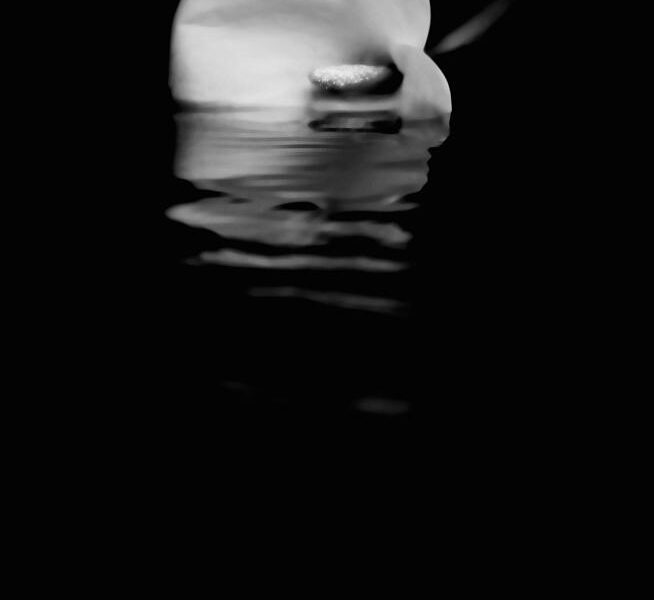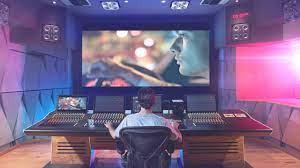Page Contents
Still Photographs Run Deep
An interview with stills photographer Alex Bailey
Because cinema is a visual as well as a commercial medium, film stills are a vital part of any movie marketing campaign. Still images do not only find their way onto the poster and website of the film, but are also published in conjunction with journalistic endeavours ranging from reviews to interviews and puff pieces.
The paradox of these still photographs is that they are often thought to be images from the film even though they have been shot separately by a stills photographer. An ungrateful and invisible job? British stills photographer Alex Bailey argues otherwise in his new book Movie Photos and spoke to movieScope about one of the least-known specialisations in photography and filmmaking.
Bailey got his start as an assistant photographer on ROBIN HOOD: PRINCE OF THIEVES (which was shot at the Shepperton Studios) and has since worked as a stills photographer on such high profile titles as TROY, the LARA CROFT films, BRIDGET JONES’S DIARY and ATONEMENT. He recently completed work on the new Richard Curtis comedy THE BOAT THAT ROCKED and Guy Ritchie’s SHERLOCK HOLMES.
His book Movie Photos, which is subtitled A Guide to Marketing and Publicity Photography, is both something of an autobiography as well as a practical how-to guide. A necessity, according to Bailey, who argues that the absence of formal education “is mainly a disadvantage. With so little guidance and information available, entrance to this highly rewarding and satisfying area of photography is almost restrictive.”
His book thus partially fills an information gap about stills photography. “Initially, I was lead by the myriad of questions asked of me by young photographers and those with a vested interest in movie marketing and publicity. This began to structure the book. Then it was a question of deciding what key relevant information was required to give a valuable—but not overwhelming—insight into what is required from a set photographer and the circumstances in which they will have to perform these assignments.”
“To a great extent the mechanics of movie making is relatively formulaic,” explains Bailey, “and therefore, a stills photographer is led in particular directions by the course of filming. This inevitably leads to certain similarities in the function of performing stills assignments for all photographers. However, a photographer’s individual creativity and ability will mould and personalise an assignment.












